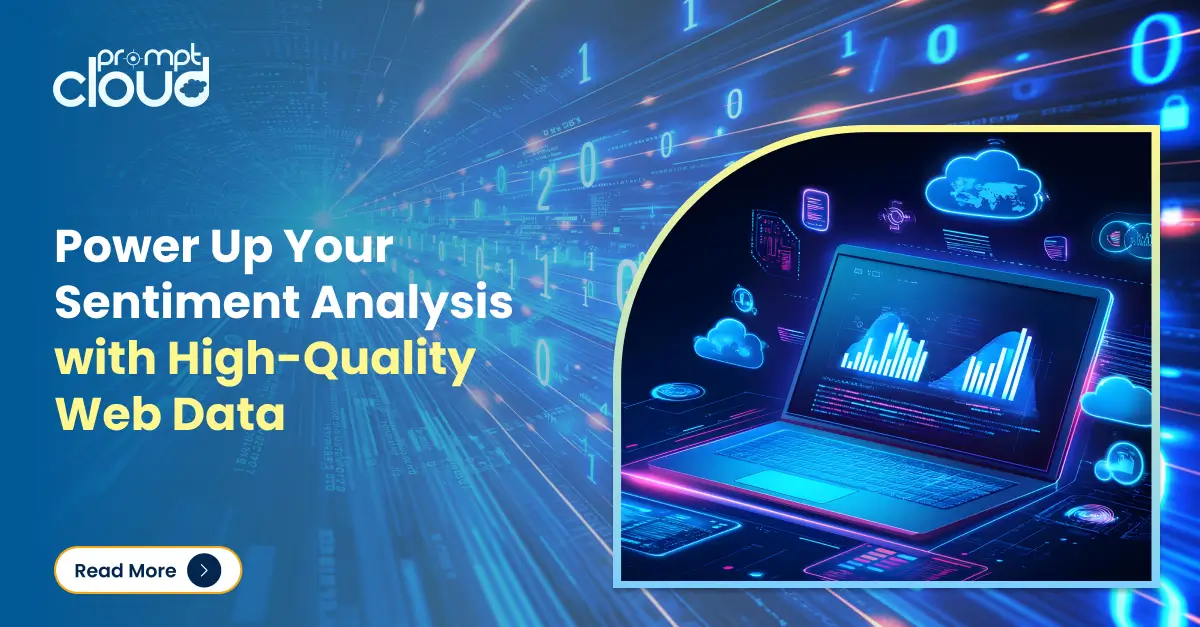
Digitization has reshaped the F&B industry with data-driven systems and you can use those insights to increase revenue. Cloud-based POS systems present in-depth restaurant analytics whenever someone swipes a card, orders something online, or shares their contact information. With fierce competition among restaurants, analyzing individual pieces of data to create meaningful reports is the key to success.
Have you utilized the information yet? As a restaurant owner or manager, using the restaurant data is a blessing in disguise. You can use this information to improve your menu, attract more visitors on special occasions, create marketing campaigns, and more.
What is Restaurant Analytics?
It is the process of analyzing the raw data and information to create super easy insights in order to improve the restaurant business decisions and marketing strategies. The key here is to accurately collect, compute, and present the insights to stakeholders for making future plans on how to increase the restaurant revenue.
Restaurant data analytics compiles all the core information to better understand how the restaurant is doing and how to make it better. Analyzing the competitor pricing data is also equally important to stay ahead of the competition and take the lead.
How Restaurants can Collect Customer Data
Gone are the days when pen and paper were used to make a list of your customers. Modern reservation systems automatically collect and organize the customer data such as Name, Phone number, food preferences, dining routine, etc, along with restaurant data analytics.
Another source of data collection is POS systems. They can easily keep a record of popular cuisines, average dining bill per customer, the preferred mode of payment, etc. This data when combined with your competitor’s food delivery data allows you to make informed decisions.
Road to Success: Using Data Analytics to Increase Revenue
Only having the restaurant analytics won’t increase your business revenue overnight. Those are insights that help to predict what can be done to improve the sales and increase your margins. For instance, you can use the metrics to find out the busiest dining hours in your restaurant. Having more manpower in those hours will help you minimize the waiting time for customers.Data like which dishes are most popular, who is ordering what, and the average customer bill will help you evaluate your ongoing restaurant business more precisely.
Take your restaurant marketing campaign to the next level by diving deep into the most popular appetizers or beverages you should promote. You should also make use of custom web scraping to find out your competitor’s data and use it for:
- Customer Profiling
- Targeted Marketing Campaigns
- Improving Operations
- Optimizing average revenue per order
- Sales growth
- Identifying repeat customers
To have repeating customers, you need to serve your customers well. Speedy orders and easy-to-make payments will help to serve more customers, thus increasing the table turnover.
How can Data Analytics Help Restaurants Minimize Labor Costs?
The top two expenses in a restaurant business are labor and food wastage. So, to be profitable in your business, you have to make informed decisions for labor costs vs restaurant sales. A restaurant analytics software allows you to recognize easy and relaxed shifts. Thus, you can keep fewer employees in those shifts to lower the labor costs.
You will also get to know the busiest hours and strategically plan the labor cost for such shifts/days. Specific festive seasons and holidays have more people dining out. Use that historical data and schedule your workforce in such a way that you have more part-time workers available to handle the rush at your restaurant.
When it comes to food wastage, the POS system can keep track of the inventory in the kitchen. This will help your cooking staff be more answerable on how they cook and deliver food to customers. Having careless cooking staff can ruin your kitchen inventory and hurt your business. Knowing your kitchen inventory will help you create smarter menus. For example, if you have more bread left in your kitchen, having grilled sandwiches in your menu will be beneficial.
How to Use Data Insights for Smart Menu Decisions
Using the customer data analytics smartly can help you decide which items to keep on the menu, which meals should have discounts, and which dishes need to be better priced. Take help of the data insights to understand customer behavior in your restaurant.
Let’s say, a particular dish gets an order from different customers, but there aren’t any repeat orders for the same. Here you need to find out why this is happening? Is it because the taste is not good? Or is it overpriced as compared to other restaurants?
To solve this misery, restaurant owners should use their competitor’s pricing data and compare it with their own pricing. This strategy will help you find out the overpriced items in your menu using the right insights.
Similarly, data insights can reveal the customer experience and you can use it to personalize their dining experience. Most selling dishes should be on the first page of your menu. You can also give a free cake to your customers on their birthdays or anniversaries to make them feel special. You can also send them personalized offers to your guests.
Conclusion: Predictive Analytics to Stay Ahead of Your Competitors
Predictive analytics examines the historical data to forecast the upcoming trends and results. Using predictive analytics in the restaurant industry will definitely help to improve your gross margin. Not only will it improve the order accuracy but also forecast which dishes are getting sold at peak hours of the day.
Compare your historical data with today’s revenue to better plan your journey for the next 1 year. Invest in restaurant analytics tools to create successful marketing strategies, reduce food wastage, and ultimately push your business in the right direction.






















